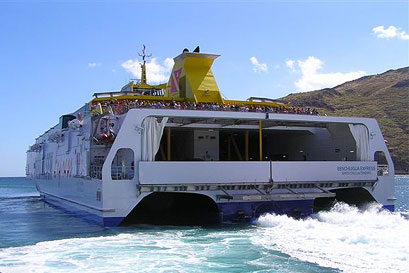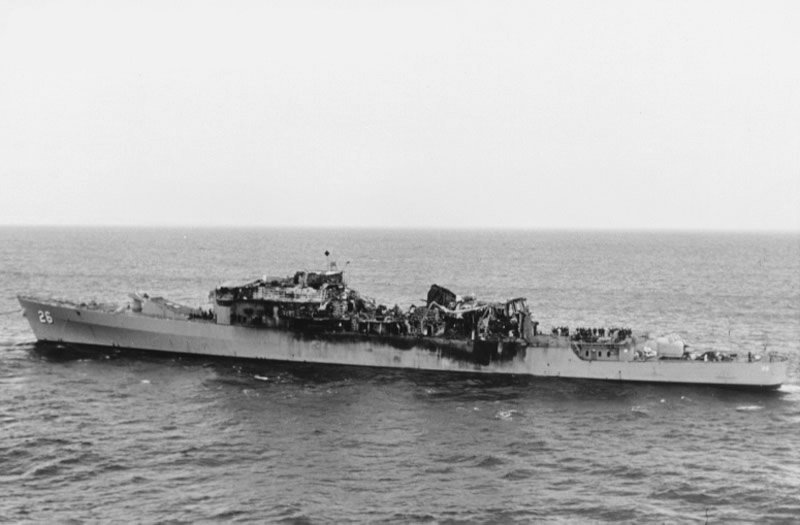Not sure what Nimitz's list has to do with it sir.
Agree those are all issues to consider, and seek to mitigate, but life is a compromise and none of those seem to be show-stoppers.
The debris concern is interesting but thinking about it I'd expect no more debris than exposed aircraft on the flightdeck would produce. Depending on expense, weight and other practicality issues the hangers could also have limited anti-splinter/soft-armour linings to reduce the debris and flying debris damage to the aircraft within, and in some cases containing fires, fuel spillage and similar risks. I'm not seeing these as armoured boxes or anything, but I don't think the debris concern is particularly strong. Whatever you have on deck, if you suffer direct hits in combat there is likely to be debris which needs clearing.
Deck parking flexibility is more of an issue but something I'd mulled before. Within the confines of the unmodified deck plan, I tried to shape, size and place them to minimise disruption. They are exactly where you'd expect to park aircraft. Taking the RN carrier program as a lead, the deck handling would be optimised during design by computer simulation, and training plans developed accordingly. Routine deck handling would follow set processes with computer assisted coordination from the bridge. Added to the fact that operational tempo is not intended to out-pace the larger USN CVNs (I see these as medium carriers) I can't see too much of a prob. Here's a quick view with 8 x J-11K/Su-33CNs parked (in addition to 6 in the shelters) without compromising the lifts or on-deck hanger doors. Note that the land safety boundary is very generous anyway. The forward parking next to the ski-jump would more likely be a helicopter. If the ski-jump was narrowed to single aircraft (as per most ski-jump carriers) then even more could be parked. But parking so many jets on the deck is not a sign of an efficient deck handling process!

The main aim of these hangers is to reduce the IR/radar signature of the carrier to reduce the likelihood of successful targeting in many situations. Maintaining a low signature with aircraft parked on deck is almost impossible, so this is an attempt to tackle that problem first and foremost.
Agree those are all issues to consider, and seek to mitigate, but life is a compromise and none of those seem to be show-stoppers.
The debris concern is interesting but thinking about it I'd expect no more debris than exposed aircraft on the flightdeck would produce. Depending on expense, weight and other practicality issues the hangers could also have limited anti-splinter/soft-armour linings to reduce the debris and flying debris damage to the aircraft within, and in some cases containing fires, fuel spillage and similar risks. I'm not seeing these as armoured boxes or anything, but I don't think the debris concern is particularly strong. Whatever you have on deck, if you suffer direct hits in combat there is likely to be debris which needs clearing.
Deck parking flexibility is more of an issue but something I'd mulled before. Within the confines of the unmodified deck plan, I tried to shape, size and place them to minimise disruption. They are exactly where you'd expect to park aircraft. Taking the RN carrier program as a lead, the deck handling would be optimised during design by computer simulation, and training plans developed accordingly. Routine deck handling would follow set processes with computer assisted coordination from the bridge. Added to the fact that operational tempo is not intended to out-pace the larger USN CVNs (I see these as medium carriers) I can't see too much of a prob. Here's a quick view with 8 x J-11K/Su-33CNs parked (in addition to 6 in the shelters) without compromising the lifts or on-deck hanger doors. Note that the land safety boundary is very generous anyway. The forward parking next to the ski-jump would more likely be a helicopter. If the ski-jump was narrowed to single aircraft (as per most ski-jump carriers) then even more could be parked. But parking so many jets on the deck is not a sign of an efficient deck handling process!

The main aim of these hangers is to reduce the IR/radar signature of the carrier to reduce the likelihood of successful targeting in many situations. Maintaining a low signature with aircraft parked on deck is almost impossible, so this is an attempt to tackle that problem first and foremost.












